The Ancient Town of Si Thep and its Associated Dvaravati Monuments
Remains of a town and other monuments dating to the Dvaravati Empire, origin of the Si Thep School of Art.
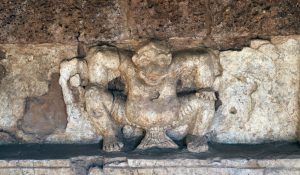
Remains of a town and other monuments dating to the Dvaravati Empire, origin of the Si Thep School of Art.
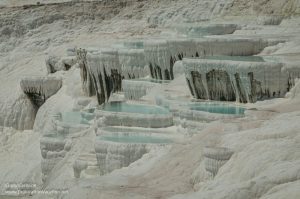
A Greco-Roman spa town and the enormous calcium terraces, waterfalls, basins and pools where it is located.
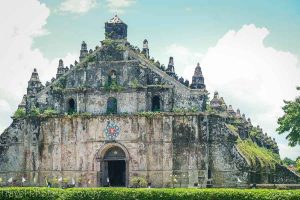
Four churches built in a uniquely Filipino form of Baroque architecture.
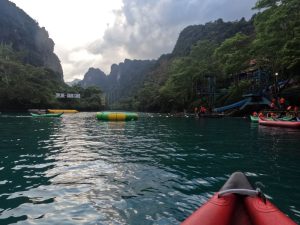
An area of extraordinary natural beauty with distinctive karst formations and cave ecosystems.
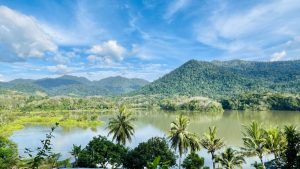
Archeological sites showing evidence of 1.83 million years of continuous hominid habitation.
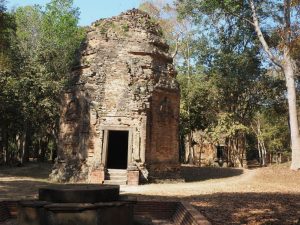
A group of 6th-7th-century Hindu temples where the capital of the Chenla Empire once stood.
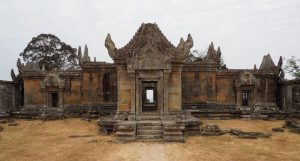
An 11th-century Hindu temple complex in an isolated and dramatic location, with remarkably well-preserved architecture and art.
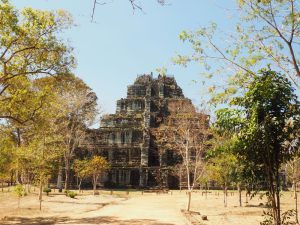
10th-century temples from a short-lived capital city, origin of the Koh Ker style of sculpture.
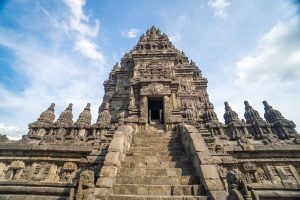
A 9th-century complex of hundreds of Hindu and Buddhist temples with stone carvings that are masterpieces of Siva art.

A beautiful subtropical nature reserve that is home to hundreds of species, including endangered animals like the Bengal tiger and the one-horned rhinoceros.
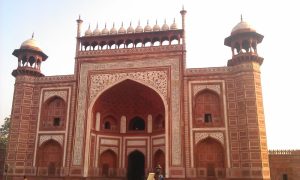
A stunning example of Mughal architecture in the form of a fortress containing palaces, audience halls and mosques.
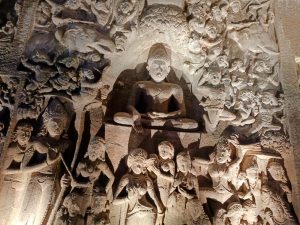
Thirty ancient caves carved into a cliff wall, many of them filled with Buddhist paintings and sculpture.
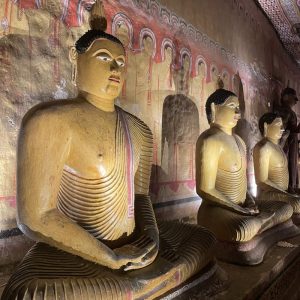
Five cave temples decorated with Buddhist paintings and sculpture, a place of pilgrimage for 2000 years.
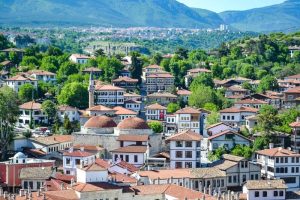
A medieval caravan stop on the Silk Road that contains many examples of traditional Ottoman architecture.
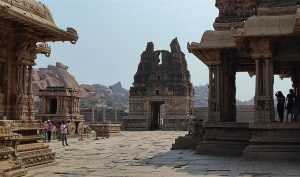
Hundreds of ruins of temples and other structures of the vanished Vijayanagara kingdom.
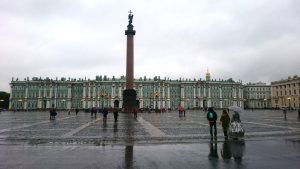
Peter the Great’s planned city of stunning Baroque architecture.
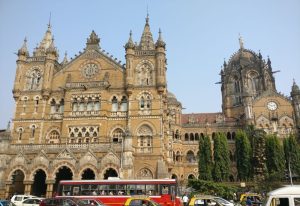
A busy 19th-century Gothic Revival train station in Mumbai that blends Victorian and Indian influences.
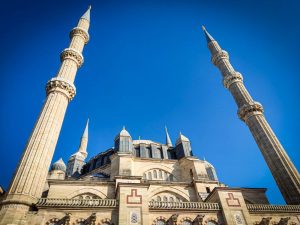
A mosque complex representing the height of Ottoman architectural achievement.
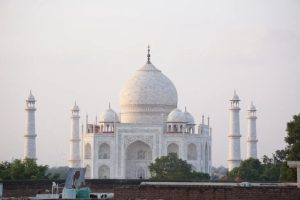
The most famous monument in India, a landmark of Mughal-era architecture and a symbol of eternal love.
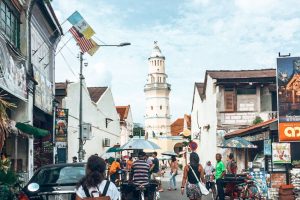
Two colonial-era towns where cultural exchange has created unique townscapes and local culture.
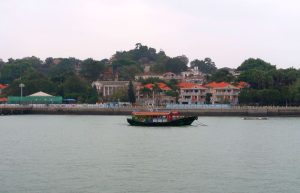
An 18-century commercial port where foreign and Chinese influences mixed and intertwined, especially evident in the unique range of architecture.
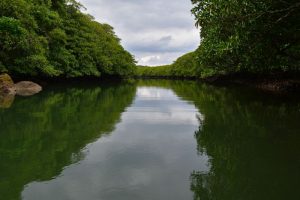
Four islands with subtropical rainforests that support a range of endemic species.
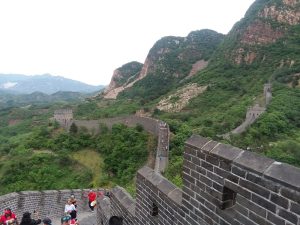
An ancient and audacious architectural marvel over 12,000 miles long.
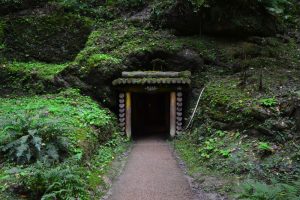
Remains of a silver mining community that operated for centuries, important in international trade.
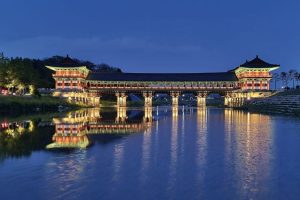
Ruins of the capital of the ancient Silla dynasty, rich in Buddhist artworks and architecture.
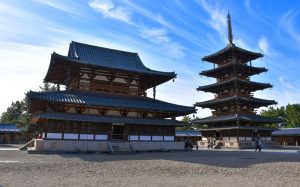
Two early temple complexes that include the oldest wooden structures in the world.
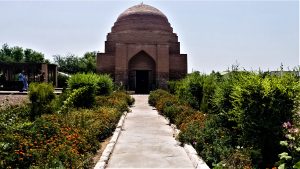
Ruins of the capital of the ancient state of Khorezm and a major stop on the medieval Silk Road.
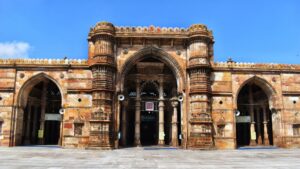
A medieval walled city of unique gated communities and many architectural monuments in a mix of styles.
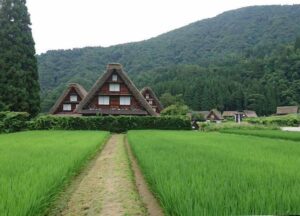
Mountain villages with unique traditional farmhouses where silkworms were cultivated.
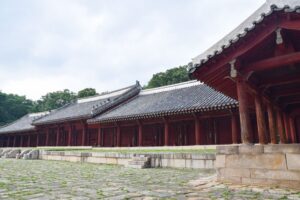
A Confucian shrine housing the spirit tablets of Korean royal ancestors.
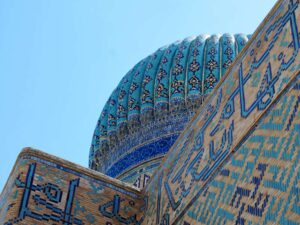
An unfinished mausoleum and mosque that allows an understanding of Timurid construction methods.
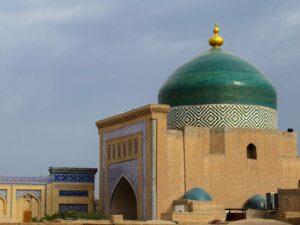
An excellent illustration of the traditions of Islamic architecture in Central Asia.
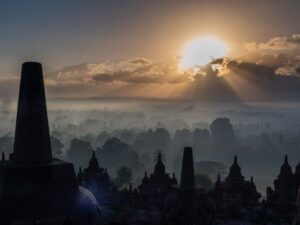
A massive and intricately-carved 9th-century Buddhist temple.
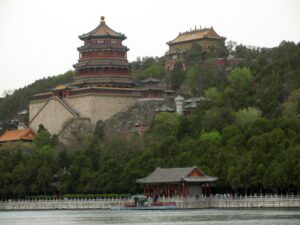
A summer retreat for China’s emperors, with extensive classical gardens, an artificial lake, and a collection of palace buildings.
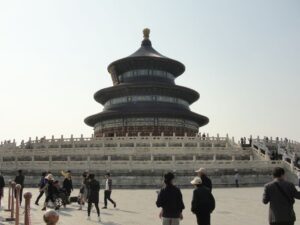
A religious complex used by Ming and Qing dynasty emperors that is significant both symbolically and architecturally.
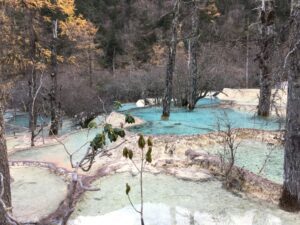
A beautiful high-elevation natural area known for its colorful ponds and waterfalls.